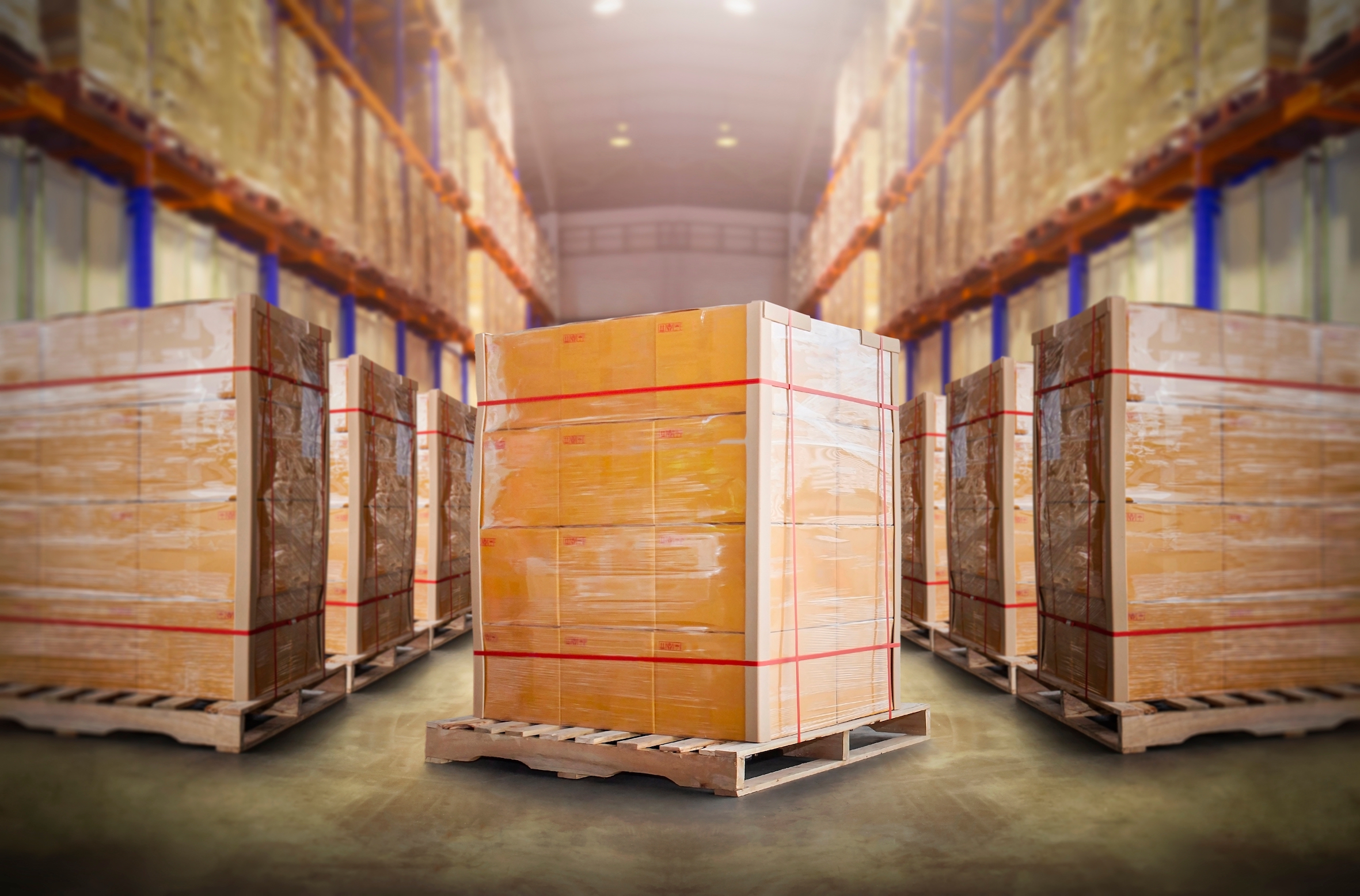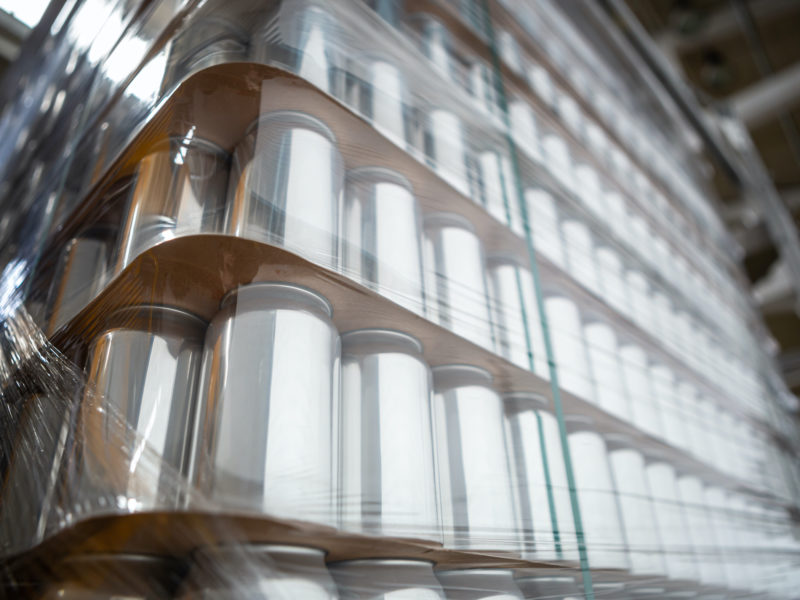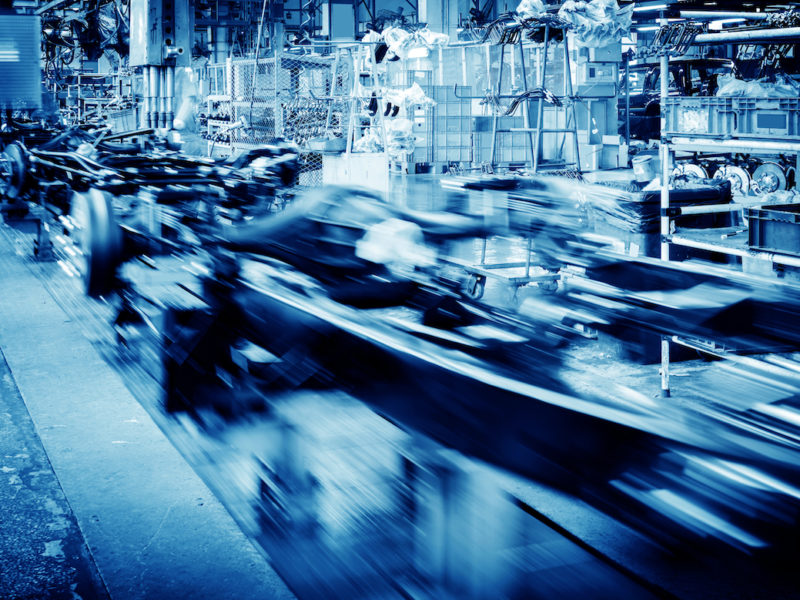
Automating mixed palletisation to increase safety and performance
Automatic palletisation for mixed-goods pallets is seeing great success and continuous growth in a huge number of sectors, which are more than ever required to optimise processes and offer flexible services in order to remain competitive in the market. From logistics for the food & beverage sector to the producers of durable goods and consumables, the entire industry is looking towards automation, mixed palletisation, and all those operations designed to position, stack and wrap products on various types on pallets.
The challenge of mixed palletising in logistics centres
One of the most important challenges in logistics management is precisely that of mixed palletisation, as it has direct repercussions on relationships between suppliers and customers: managing to correctly assemble and deliver a mixed pallet means reducing the processing time and the number of shipments, and offering customers a flexible, high-quality service. Today, consumers want an ever-greater variety of products from companies, delivered faster and at lower cost. This trend translates into greater demand but lower prices, and as a consequence more SKUs in less space and a performance increase in terms of speed, safety, flexibility and efficiency.
Automation and automatic storage of mixed-goods pallets increases safety for operatives, who are no longer forced into a repetitive and physically demanding job, and also reduces the risk of product collapse and rejects, as the algorithms are able to place the strongest products at the bottom of the pallet, supporting the rest of the load above.
Eliminating the unproductive phases thanks to an automatic palletiser and facilitating the processing of outgoing orders, making it more efficient, safe and flexible, has now become essential for any logistics centre or company in light of the growing supply chain performance expectations.

Automatic mixed palletisation in the integrated global economy
In an ever-increasingly interconnected and rapidly evolving situation, the world of logistics must also know how to adopt ever-more flexible systems, and is required to propose solutions which can adapt rapidly to changing loads and types of requests. One of the most widespread applications of automatic mixed palletising is logistics for the food sector, where the management of mixed-goods pallets with robotic palletisers allows for optimisation of timeframes and costs for producers and distributors.
The software which oversees the automatic operations manages a series of calculations on parameters of the individual packages, in order to determine the best possible combination of the packages themselves for mixed palletisation. Intelligent dimensional calculation ensures the optimum positioning of the goods on the pallet, in order to obtain a mixed pallet which is highly secure and stable despite the simultaneous presence of boxes of different formats, and arrival sequences of the heterogeneous boxes, in full accordance with the customer’s requirements.
Some advantages of robotic mixed palletisation
- Very high performance and maximum throughput, with machines running 24/7.
- High precision: the automatic systems for mixed palletisation assemble the pallets in a rapid, error-free manner following the sequence required by the client, thanks to the control software which manages the entire process. The strongest products are positioned in the lower portion of the pallet and support the loads positioned on top, significantly reducing collapses and product damage.
- Reduced management and transport costs, thanks to the optimised volume and improved quality of the mixed-goods pallets.
- Product management guaranteed via barcode reading with video cameras, supervision algorithms and automatic interfaces with WMS.
- Considerable increase of the product management speed with a limited financial investment.
- Maximum flexibility and scalability thanks to multibrand configurations.
- Greater safety for employees thanks to completely automatic management of mixed pallets.




